The Shorebirds Big Day at WHSRN Sites is a new initiative by the Western Hemisphere Shorebird Reserve Network (WHSRN), dedicated to counting every shorebird present at WHSRN sites across the Americas. This year, 2024, marked our inaugural celebration, and we’re excited to share some preliminary results with you!
We’ve received reports from 13 participating countries just days after the event. A total of 44,888 shorebirds, representing 39 different species, were counted!
With an impressive 18,714 individuals, Wilson’s Phalarope claimed the crown as the most abundant species recorded!
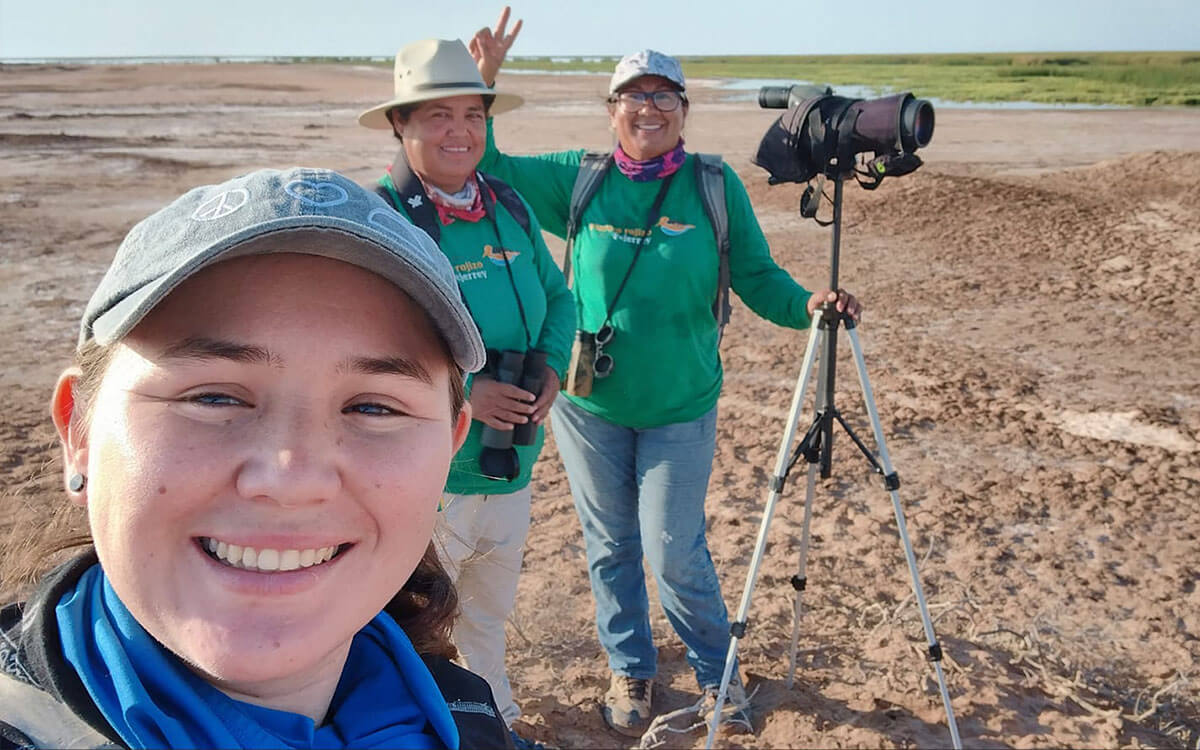
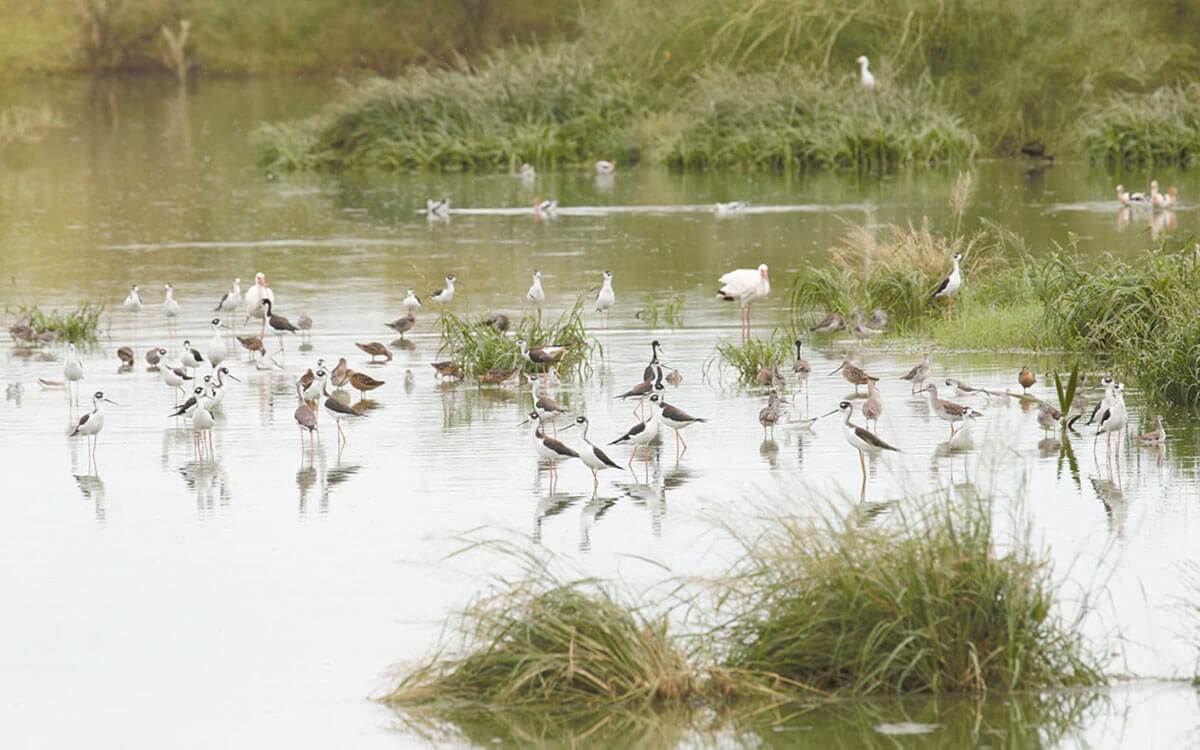
Left: The Team from “Cuidando al Playero Rojizo y al Pejerrey” at Alto Golfo de California y Delta del Río Colorado WHSRN Site. Right: Bahía de Todos Santos, Ensenada, Mexico. Photo: Laboratorio de Aves UABCS
Species Abundance Rankings
The top 10 most abundant shorebird species recorded in the lists were:
- Wilson’s Phalarope (Phalaropus tricolor): 18,714 individuals
- Black-necked Stilt (Himantopus mexicanus): 5,038 individuals
- American Avocet (Recurvirostra americana): 4,458 individuals
- Semipalmated Sandpiper (Calidris pusilla): 3,610 individuals
- Least Sandpiper (Calidris minutilla): 1,883 individuals
- American Oystercatcher (Haematopus palliatus): 1033 individuals
- Short-billed Dowitcher (Limnodromus griseus): 925 individual
- Stilt Sandpiper (Calidris himantopus): 543 individuals
- Red Knot (Calidris canutus): 450 individuals
- Marbled Godwit (Limosa fedoa): 415 individuals

Shorebirds in the prairies of Huentelauquén, Chile. Photo: Victor Sarabia
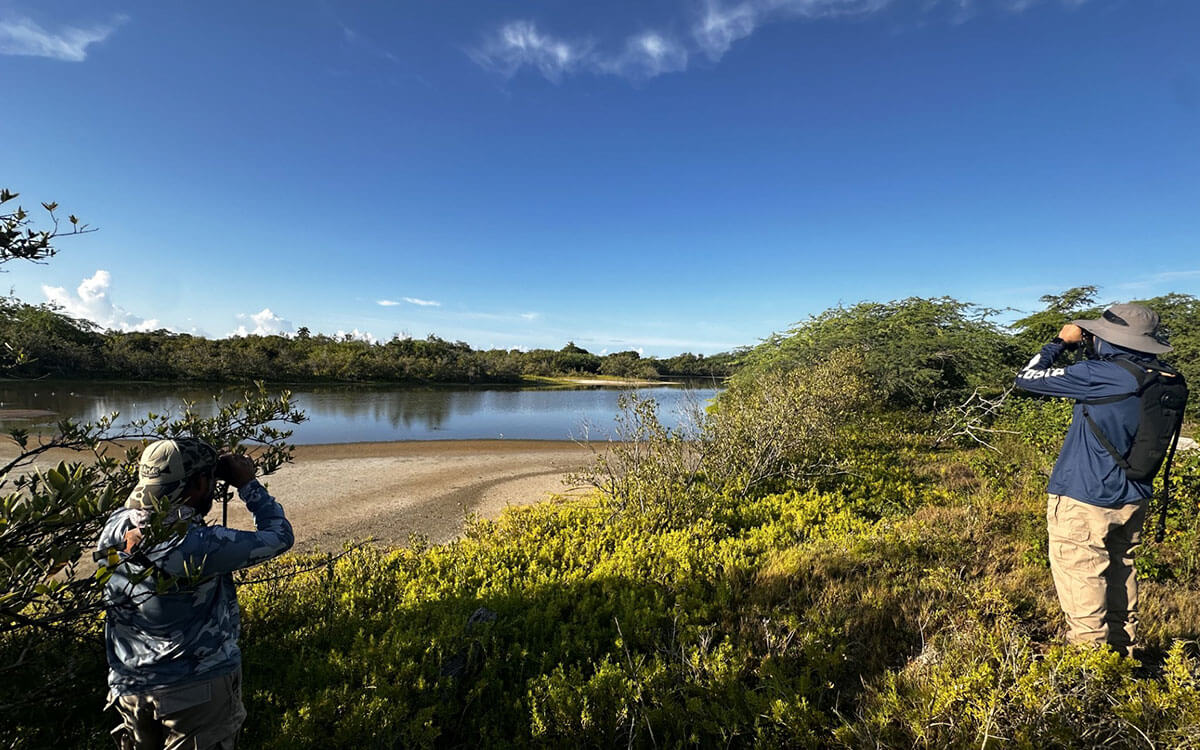

Left: Cabo Rojo and Laguna Cartagena National Wildlife Refuges, Puerto Rico. Right: El Agallito and El Retén Beaches. Photo: Sociedad Audubon de Panamá
A Collaborative Effort
These results are based on 60 eBird checklists submitted by 43 partner organizations representing 253 participants. We sincerely thank each participant and partner for their dedication and support. WHSRN is built on a foundation of collaboration, working tirelessly to create a strong international network of key sites vital for shorebirds throughout their migratory journeys. Communication and voluntary partnerships remain essential in our mission to conserve shorebirds and their habitats across the Americas.
“Shorebirds are some of the most extraordinary travelers on the planet, undertaking long migrations that span continents. Yet, their survival depends on the health of a network of coastal and inland wetlands. We must renew our commitment to protect these critical habitats and ensure the future of shorebirds for generations to come.” – Diego Luna Quevedo, Senior Specialist, Policy and Governance Flyways Program, Manomet Conservation Sciences.
A connected Hemisphere
24 WHSRN sites from across the continent participated. We hope to triple this number by 2025.
1. Alfubera Mar Chiquita – Argentina
2. Bahía de San Antonio – Argentina
5. Humedal Marino de Coihuín – Chile
7. Salinas de Huentelauquén – Chile
8. Mataquito-Huenchullamí – Chile
9. Playa Isla de los Reyes Rocuant – Chile
10. Humedales Orientales de Chiloé – Chile
11. Sabanas de Paz de Ariporo y Trinidad – Colombia
12. Refugio de Vida Silvestre Isla Corazón y Fragata – Ecuador
13. Piscinas Artificiales de ECUASAL – Ecuador
14. Sistema Punta Condega-Jicarito – Honduras
16. Complejo Lagunar San Quintín – Mexico
18. Ensenada de La Paz – Mexico
19. El Agallito and El Retén Beaches – Panama
20. Manglares de San Pedro de Vice – Peru
21. Reserva Nacional de Paracas – Peru
22. Santuario Nacional Los Manglares de Tumbes – Peru
23. Delaware Bay – United States
24. Salina Solar Los Olivitos – Venezuela
Other observation sites that participated:
· Humedal Uripe – Peru
· Cooking Lake (Alberta) – Canada
· Port Aransas Nature Preserve – United States
· Salinas del Río Nigua – Puerto Rico
Can’t find your site on the list?
Identifying important sites is the first step to conserving habitat for shorebirds. First, check our Map of Important Shorebird Sites. If your site is missing, use the survey form to suggest a site for inclusion or to update an existing site. This interactive map was created to help stakeholders identify gaps in knowledge, facilitate information sharing, and determine if a site meets WHSRN criteria. Once it is established that a site meets the criteria, a WHSRN nomination can be pursued to safeguard the sites by engaging stakeholders and improving conservation action.
If you want to learn more about how to nominate your area for a WHSRN Site, click here.
Share Your Experience
We encourage participants to share their photos and videos from Shorebirds Big Day at WHSRN Sites! Please send your media to aferreira@manomet.org
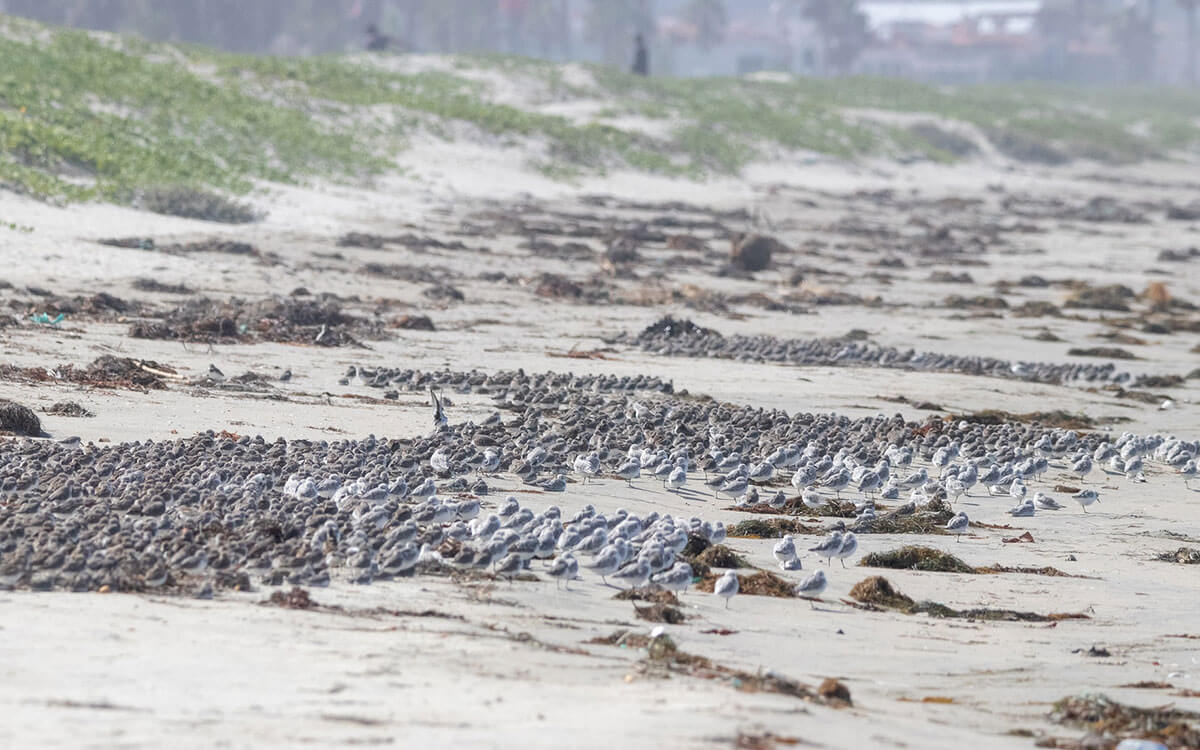
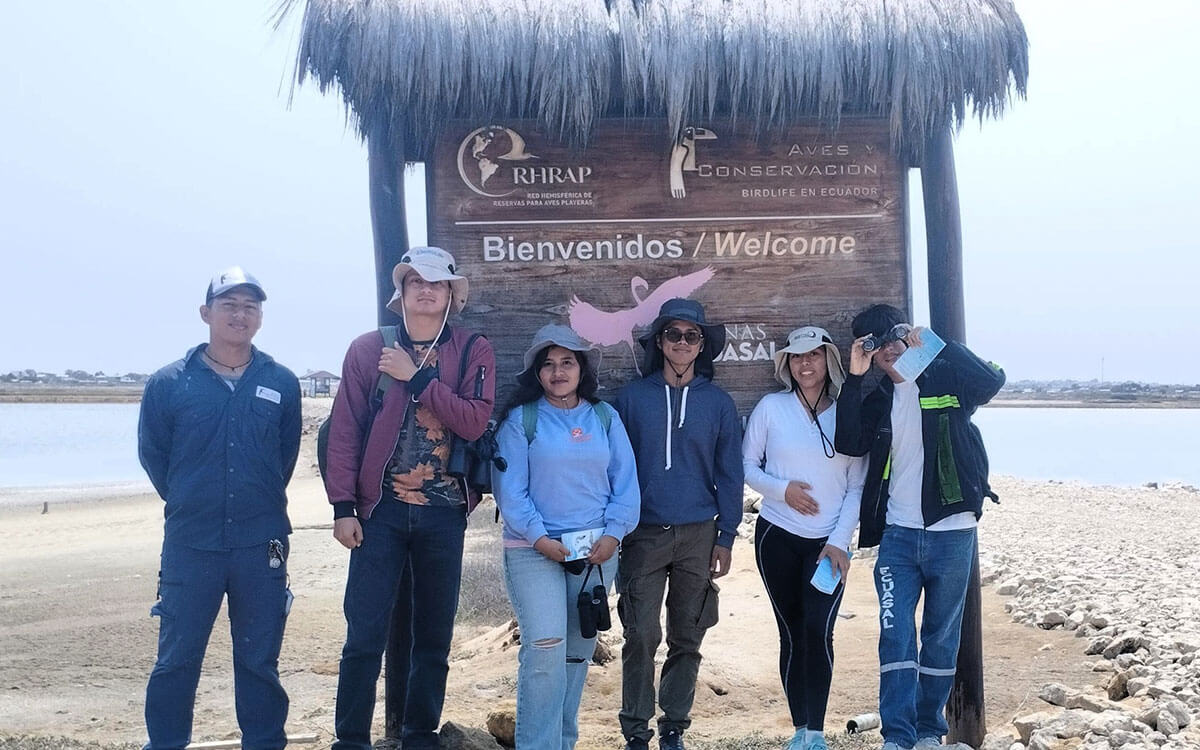
Left: Bahía de Todos Santos in Mexico. Photo: Jonathan Vargas. Right: Birdwatchers at Piscinas Artificiales de ECUASAL in Ecuador
Cover Photo: Bahía de Todos Santos, Ensenada, Mexico. Photo: Jonathan Vargas





